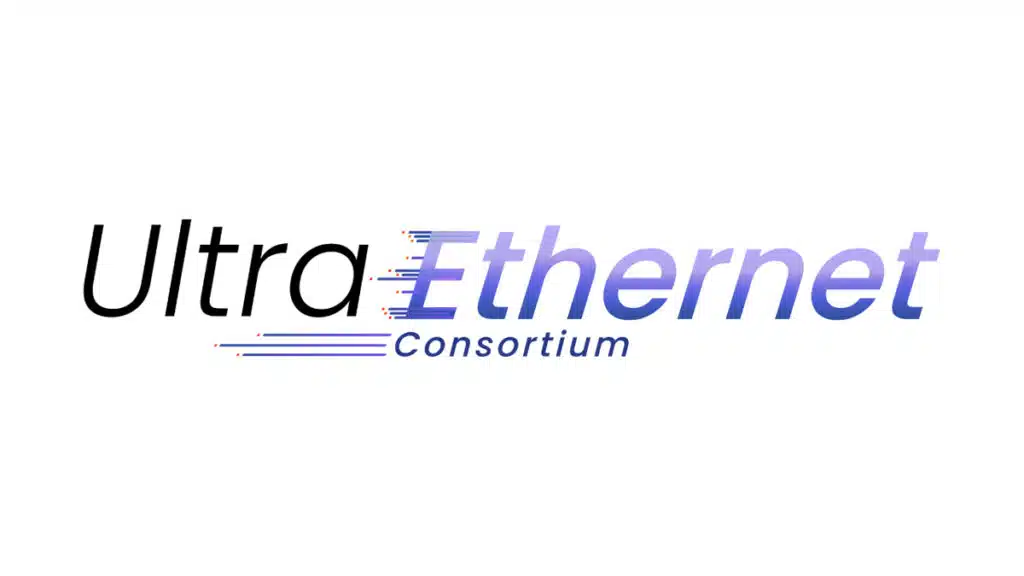
The Linux Foundation has announced the formation of the Ultra Ethernet Consortium, a new group that, according to a mission statement, aims to “deliver an Ethernet-based open, interoperable, high performance, full-communications stack architecture to meet the growing network demands of AI & HPC at scale.” Its founding members include AMD, Broadcom, Cisco, HPE, Intel, Meta, and Microsoft, all of which are described as having decades of networking, AI, cloud, and high-performance computing-at-scale deployments.
“This isn’t about overhauling Ethernet,” said Dr. J Metz, Chair of the Ultra Ethernet Consortium. “It’s about tuning Ethernet to improve efficiency for workloads with specific performance requirements. We’re looking at every layer – from the physical all the way through the software layers – to find the best way to improve efficiency and performance at scale.”
The technical goals for the consortium are to develop specifications, APIs, and source code to define:
- Protocols, electrical and optical signaling characteristics, application program interfaces and/or data structures for Ethernet communications.
- Link-level and end-to-end network transport protocols to extend or replace existing link and transport protocols.
- Link-level and end-to-end congestion, telemetry and signaling mechanisms; each of the foregoing suitable for artificial intelligence, machine learning and high-performance computing environments.
- Software, storage, management and security constructs to facilitate a variety of workloads and operating environments.
